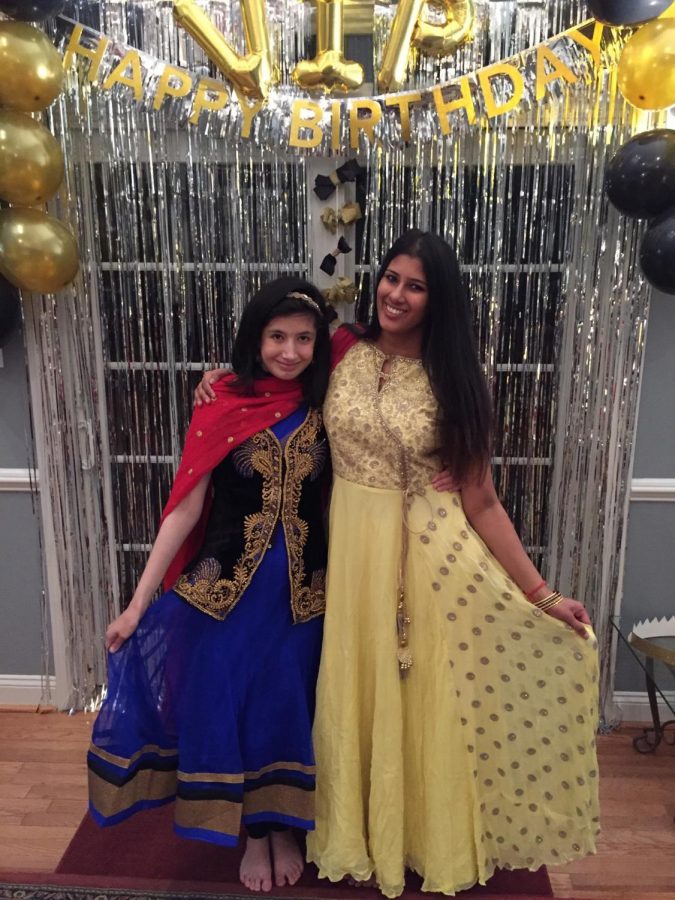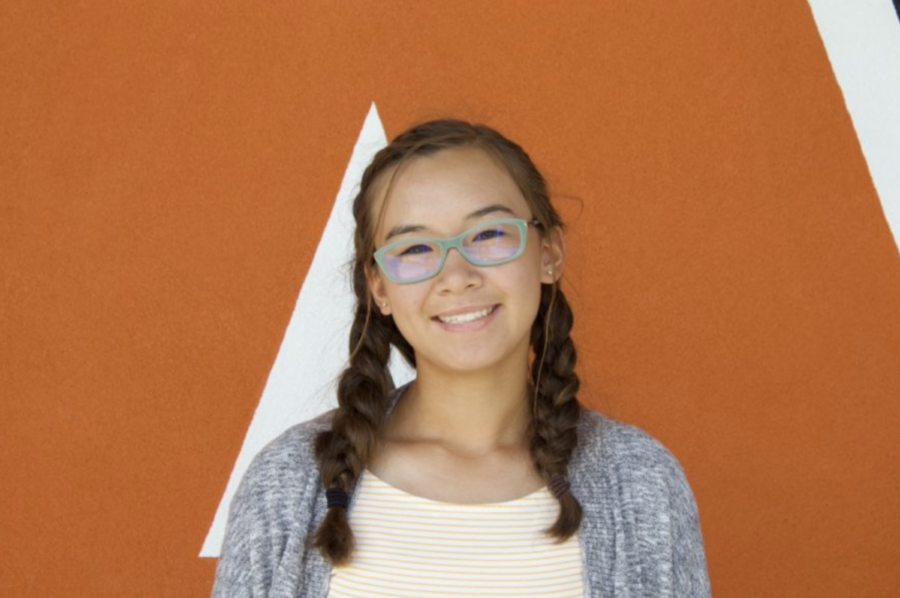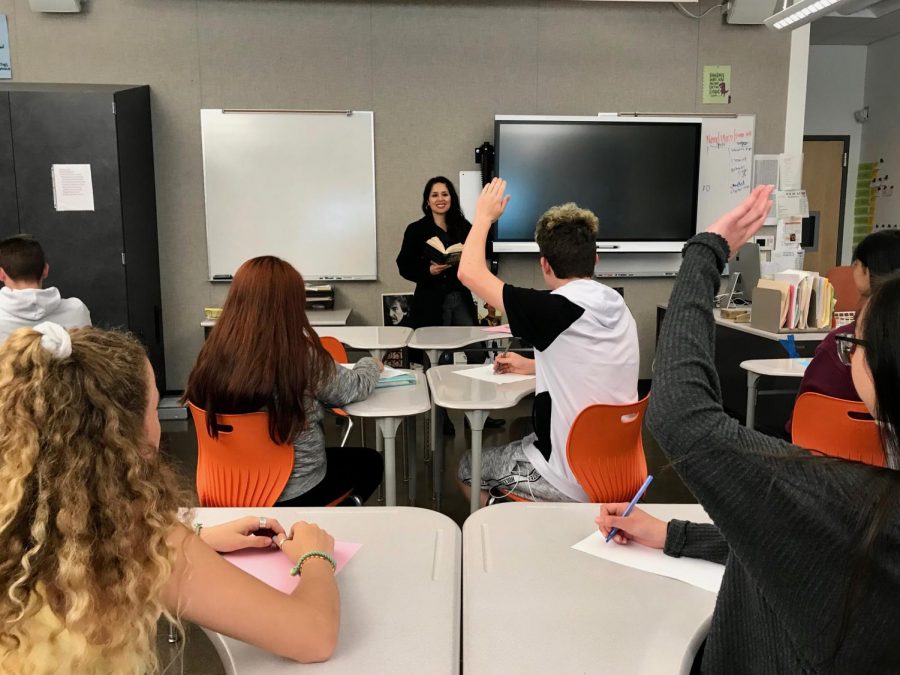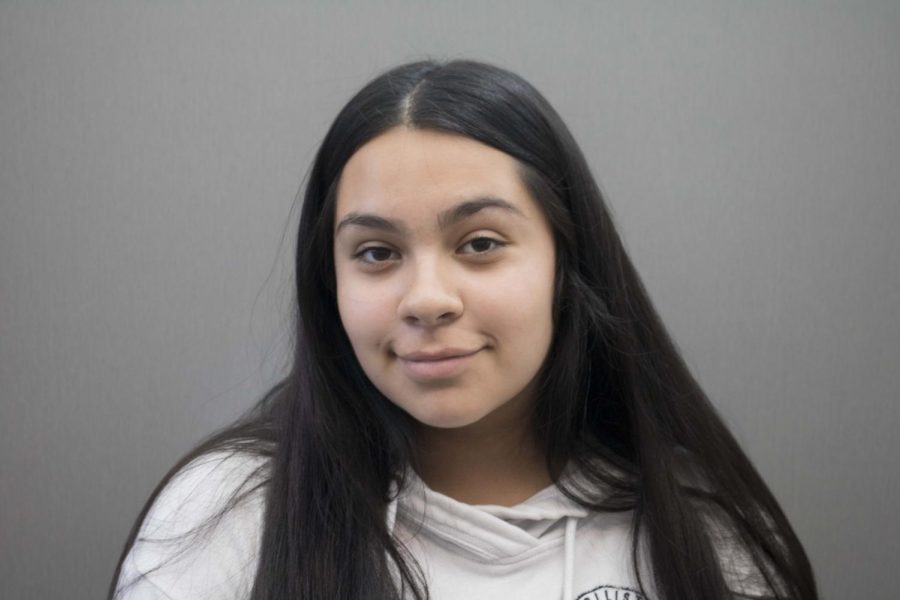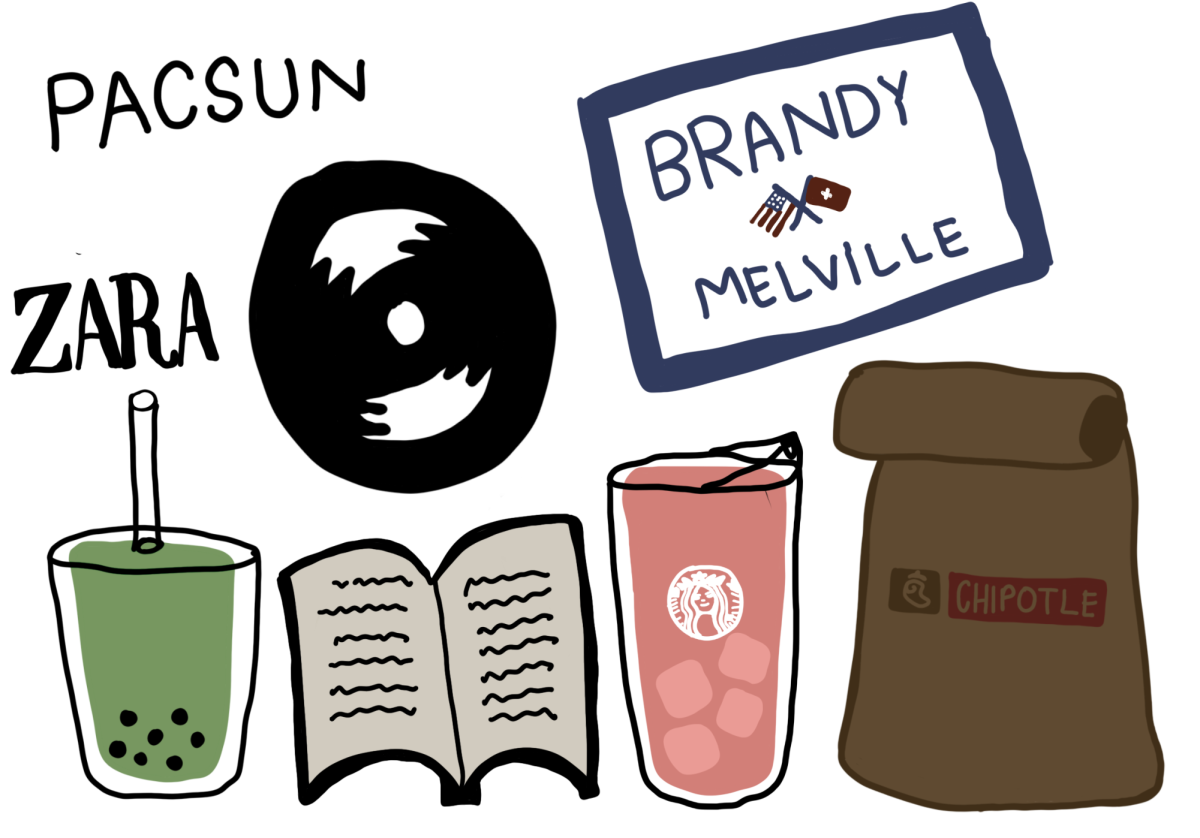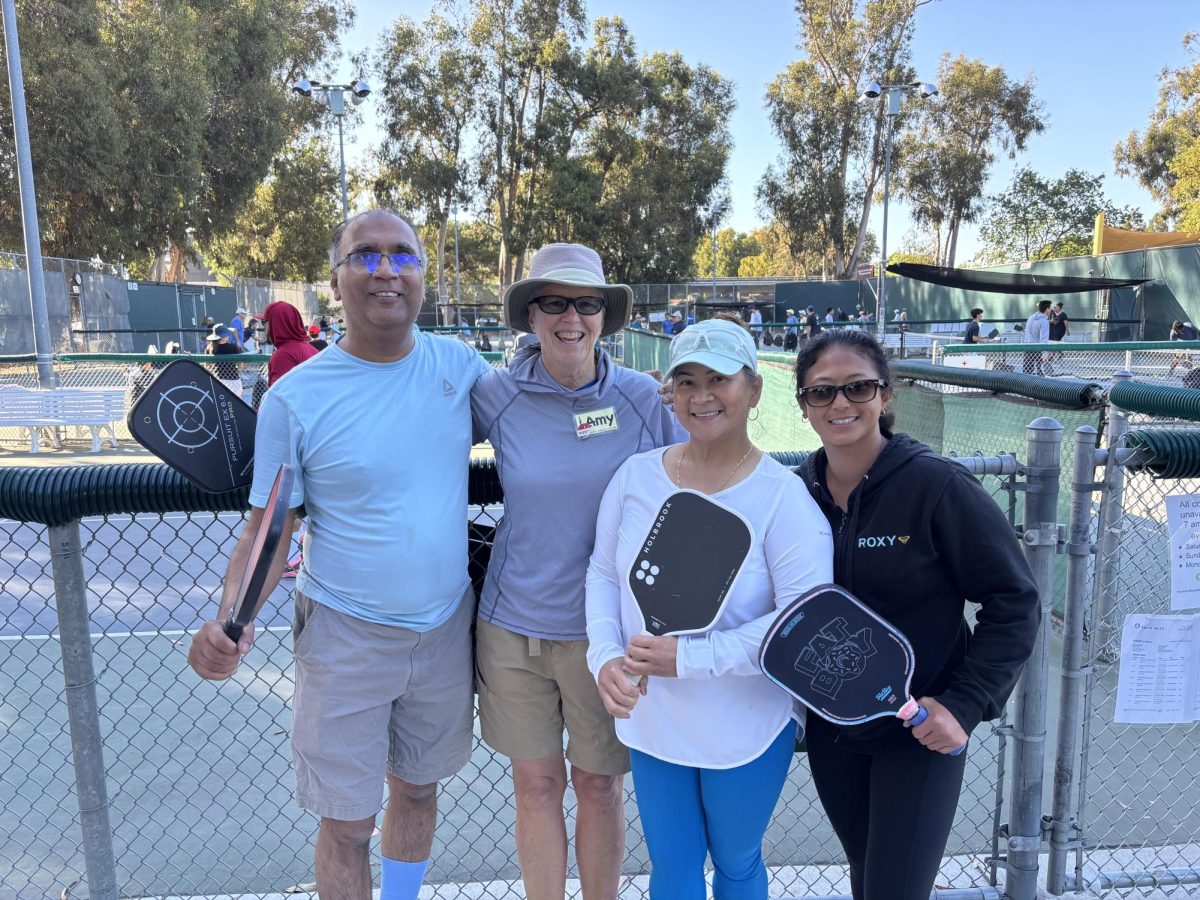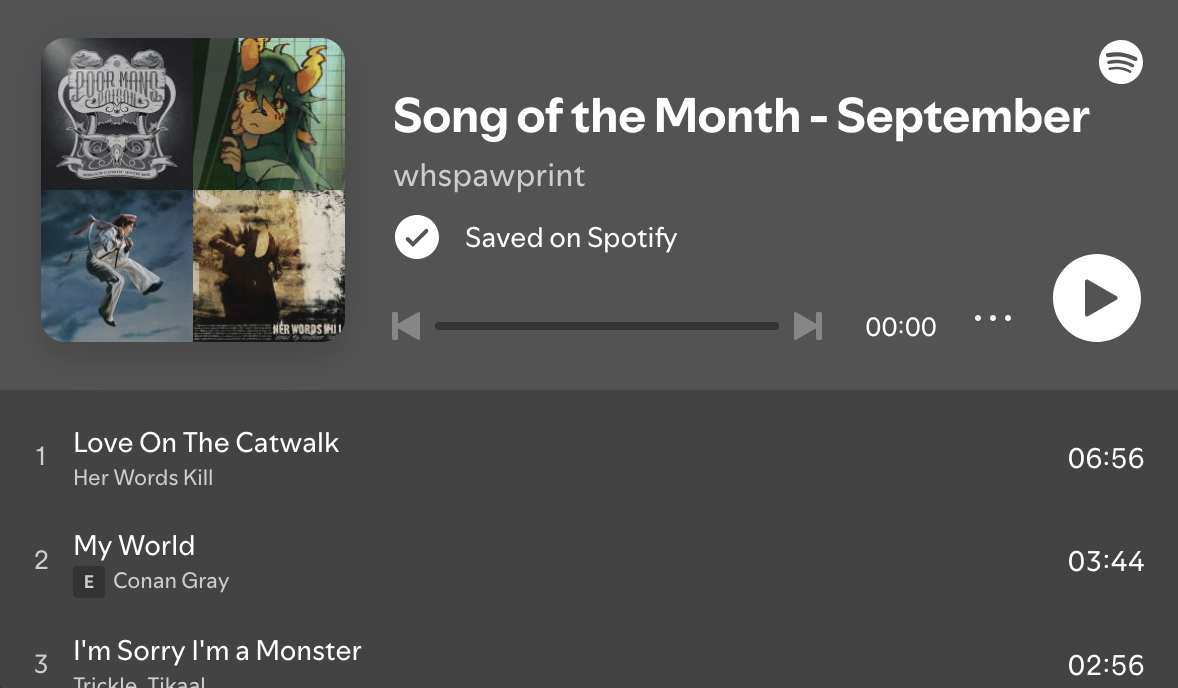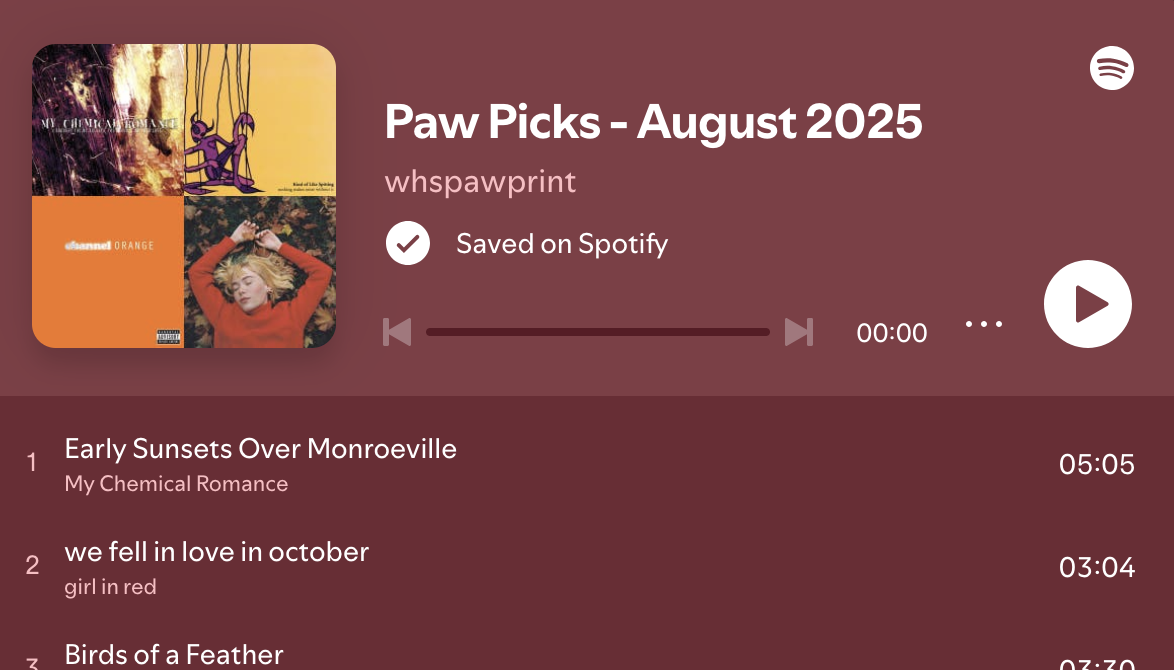Shoba Narayan was the first South Asian woman on Broadway in 15 years. Lack of representation is still an issue.
“I’m half white and half brown, and I’ve noticed less Indian people in media than any other minority, and I believe this to be unjust,” said Anisha Gandhi, a teacher at the Monu Khan company. “Definitely on TV everyone is usually asking why aren’t there more African-Americans, but what about the other cultures, like Indian people?”
Gandhi feels personally affected by lack of representation.
“The lack of representation that happens is because there is less exposure to South Indian talent, and there is more exposure to stereotypical roles,” said Shalini, a young professional working in the marketing industry. “This results in a lack of education and leads to more failures to us succeeding. The lack of representation of South Asian talent in North America leads to racist beliefs about us, because there is more focus on the stereotyping. It all leads to microaggression. An example of this is being told, ‘You speak really good English,’ when you are a native-born American.”
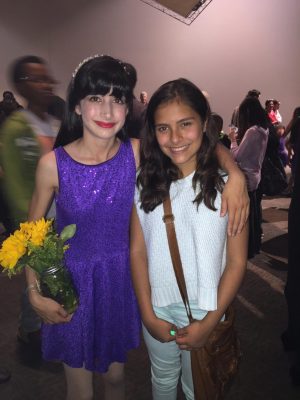
As a South Asian herself, Shalini sees barriers to success due to racist beliefs that she explains here. False representation is still an issue even in our “land of the free.”
“It definitely affects people’s point of view about what they want to be when they grow up,” Gandhi commented. “You get discouraged if you don’t see someone like you in a career you are interested in. That is discouraging.”
As a young woman growing up in California, which is a majority-minority state, Gandhi still feels Hollywood hasn’t done enough to represent minorities, especially Indians.
“I think the percentage matching up does not really matter,” Shalini added. “It is more for the impact of those who are represented in media or on Broadway. I say this because you have a smaller percentage of African-Americans in the limelight, but there is such a bright light shone on their struggle.”


